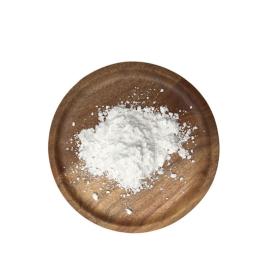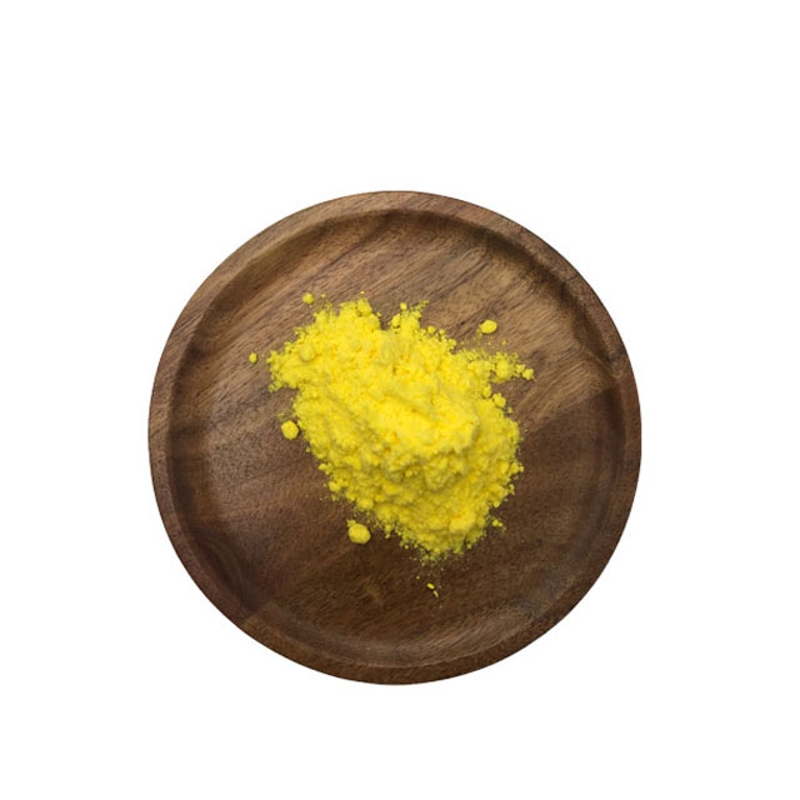-
Categories
-
Pharmaceutical Intermediates
-
Active Pharmaceutical Ingredients
-
Food Additives
- Industrial Coatings
- Agrochemicals
- Dyes and Pigments
- Surfactant
- Flavors and Fragrances
- Chemical Reagents
- Catalyst and Auxiliary
- Natural Products
- Inorganic Chemistry
-
Organic Chemistry
-
Biochemical Engineering
- Analytical Chemistry
- Cosmetic Ingredient
-
Pharmaceutical Intermediates
Promotion
ECHEMI Mall
Wholesale
Weekly Price
Exhibition
News
-
Trade Service
September 5, 2022 / Medical McNews eMedClub News/-Recently, Fusion Pharmaceuticals, a pharmaceutical company focused on radiospecific therapies, has completed the first patient delivery of its "new ADC" [225Ac]-FPI-1966 (FPI-1966) phase 1/2 of the patient.
▲ FPI-1966 structure (Source: Company's official website)
Unlike most radiotherapy, α particles travel only one to three cell lengths, effectively avoiding killing normal cells and creating a bystander effect
Dr John Valliant, CEO of Fusion, said: "FGFR3 is a proven cancer target that is highly expressed in tumor types with a large number of unmet needs, particularly bladder, ovarian and head and neck cancers
Novel conjugated drugs
In fact, this "new ADC" should be called a nuclide-coupled drug (RDC) from the existing molecular structure, RDC is composed of ligands, Linker, load, commonly used ligands have antibodies, small molecules, etc.
Through coupling technology, the targeted delivery of the target substance to the tumor cells, the concentrated killing effect, and the reduction of the impact on healthy tissues are a "general" design idea
Peptide-coupled drugs (PDCs)
Peptide coupling drugs (PDCs) are considered to be another highly promising coupling drug after ADCs, consisting of three parts: a connecton, a homing peptide, and a payload with cytotoxicity
PDCs have smaller molecular weights, easier synthesis and purification of targeted peptides, and lower production costs
.
Moreover, PDC drugs have strong tumor penetration and low immunogenicity, and many companies have laid out this track
.
For example, ANG1005 of Angichem/Sinokey Medicines is currently in phase 3 trial phase, and data from a multicenter phase II trial of ANG1005 treatment of adult breast cancer patients with recurrent brain metastases show that the clinical benefit rates of breast cancer brain metastases treated with ANG1005 are 77% (intracranial) and 86% (extracranial), respectively; In the leptomendomecular carcinoma subgroup, intracranial disease was controlled in 79% of patients, with a median overall survival of 8.
0 months
.
Tongyi Pharmaceutical's dual-targeting-ligand conjugate CBP-1008 (FOLR×TRPV6) and CBP-1018 (FOLR× PMSA receptor) are in the clinical phase 2 and clinical phase 1 trial stages
, respectively.
In addition, Brilliant Pharmaceutical, Shanghai Zhi Peptide Biology, Telkang Biology, Mainstream Biology and other enterprises have also laid out the PDC field
.
Recommended reading: On the origin of PDC drugs and eight major cuisines (with a global PDC drug inventory)
Antibody oligonucleotide conjugate (AOC)
Antibody oligonucleotide conjugates (AOCs) are mainly composed of targeted antibodies, concatenants and therapeutic oligonucleotides (siRNA, PMO, etc.
), using antibodies to deliver oligonucleotides to specific cells or tissues, thereby reducing the amount of medication required for treatment and solving the problem
of targeted oligonucleotide delivery.
AOC drugs can also improve the pharmacokinetic properties of oligonucleotides and expand their application range
.
The purpose of AOC is to achieve targeted delivery of oligonucleotides, although there are liposome delivery systems, GalNAc delivery systems and other delivery systems, but there are still areas for improvement, AOC or will rely on its unique advantages and become a new choice
of "gene therapy".
▲ AOC 1001 structure (Image source: enterprise official website)
At present, Avidity, Dyne Therapeutics, Denali, Tallc and other companies have laid out this field
.
Among them, Avidity's AOC1001 is composed of a full-length monoclonal antibody targeting transferrin receptor 1 (TfR1), linker, and siRNA targeting DMPK mRNA for the treatment of ankylosing muscular dystrophy type 1 (DM1), which has entered the clinical phase 1/2 trial stage
.
Viral-like drug conjugates (VDCs)
Viral-like drug conjugates (VDCs) are conjugated drug forms that utilize viral capsids and are designed as non-infectious protein nanoparticles (virus-like particles, VLPs) as highly efficient delivery vectors
.
Aura is a "bellwether" in the VDC field, using VLP derived from human papillomavirus or HPV to selectively attach to the surface of modified heparan sulfate proteoglycan (HSPG), thus achieving binding to tumor cells without affecting normal tissue
.
▲ AU-011 mechanism (Source: Company's official website)
Aura's AU-011 is a virus-like drug conjugate based on a human papillomavirus-derived virus-like particle conjugate with a photoactivated cytotoxic payload
.
At the 2022 AACR Annual Meeting, Aura presented preclinical data on AU-011, demonstrating the potential for AUS-011 to target multiple tumor types and have broad applicability
.
Currently, the VDC drug candidate has entered the Phase II clinical study phase for the treatment of primary cancer
.
Antibody Degradation Conjugate Drugs (ADeC)
Antibody degradation coupling drugs (ADeCs) are antibody-degrading subconjugates that link monoclonal antibodies to protein degraders through connectors, combining the tumor specificity of ADCs with the applicability
of PROTAC molecular catalysts to low expression.
It carries the degrading molecules to the target location, avoids systemic toxicity, and overcomes the potential druggability of PROTAC molecules
.
Its representative drug ORM-5029 is a HER2/HER3-specific dual-target product
developed by Orum Therapeutics on the TPM2 platform using the GSPT1 degrader.
The results of the ORM-5029 preclinical study showed a 10-1000-fold potency advantage in HER2-expressing cell lines compared to Kadcyla and Enhertu, promising to be a potential FIC-targeted protein degrader
.
In addition, Debiopharm and South Korea's Ubix also announced joint research and development of ADeC drugs
.
summary
These new conjugated drugs are inseparable from their origins, that is, "targeted ligands - Linker - effector molecules", subdivided into antibody biopolymer conjugates (ABC), antibody cell conjugated drugs (ACC), nucleic acid aptamer coupling drugs (ApDC), antibody fragment coupling drugs (FDC), antibody immunostimulated coupling drugs (ISAC), small molecule coupling drugs (SMDC), etc.
, but in the final analysis, it is constantly changing
in the three main components.
Under the combination of technological innovation and better arrangement, it is believed that other new coupling drug tracks will also emerge like "DS-8201"
.
Resources:
1.
https://fusionpharma.
com
2.
The official website of the enterprise
——List of recent popular events——
September 8, iPSC-derived cell drug development strategy







